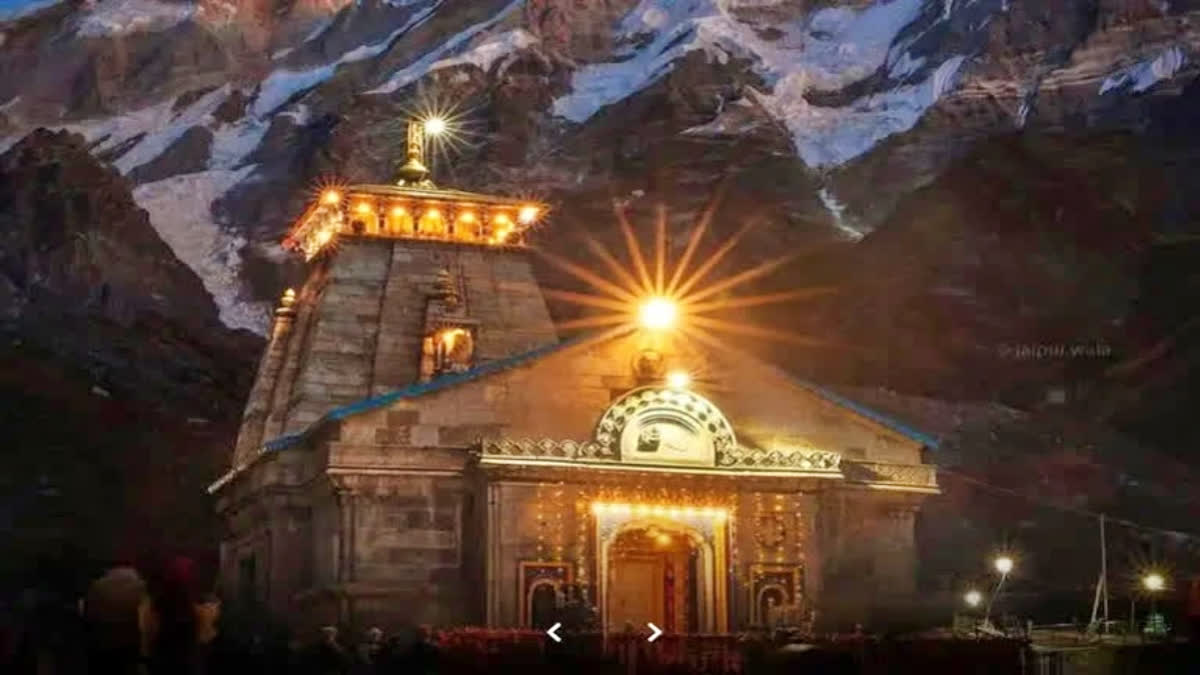Dehradun: Coining under pressure from all quarters, the Uttarakhand government state's Tourism, Religion, and Culture Minister, Satpal Maharaj, has announced the formation of a high-level inquiry committee to thoroughly investigate the matter. The committee, chaired by the Garhwal commissioner, will consist of technical experts and goldsmiths, ensuring a comprehensive examination of the allegations.
Minister Maharaj emphasized the government's commitment to resolving the issue, stating that they are "extremely sensitive" about the matter and will take appropriate action against anyone found guilty. He clarified that the gold plating had been carried out in accordance with the provisions of the Shri Badrinath-Kedarnath Temple Committee Act, 1939, which allowed for donations and required permission from the state government. Furthermore, the gold plating process was supervised by experts from the Archaeological Survey of India.
According to the Badrinath-Kedarnath Temple Committee, a donor had purchased the gold and had it inlaid on the walls of the sanctum sanctorum, with no direct involvement from the temple committee. After the completion of the work, the donor submitted the bill and relevant documents to the temple committee. The committee clarified that 23,777.800 grams of gold were used, with a current value of approximately Rs 14.38 crore. Additionally, copper plates weighing 1,001.300 kg were used for the gilded work, with a total value of Rs 29 lakh.
Also Read: Akhara Parishad chief slams 'politicisation' of gold plating of Kedarnath temple walls
However, the controversy erupted when Teerth Purohit of Kedarnath Temple and Vice President of Chardham Mahapanchayat, Santosh Trivedi, released a video on social media alleging that brass had been used instead of gold, leading to a scam worth around Rs 1.25 billion. The video sparked widespread attention, prompting Minister Maharaj to order the high-level inquiry.
